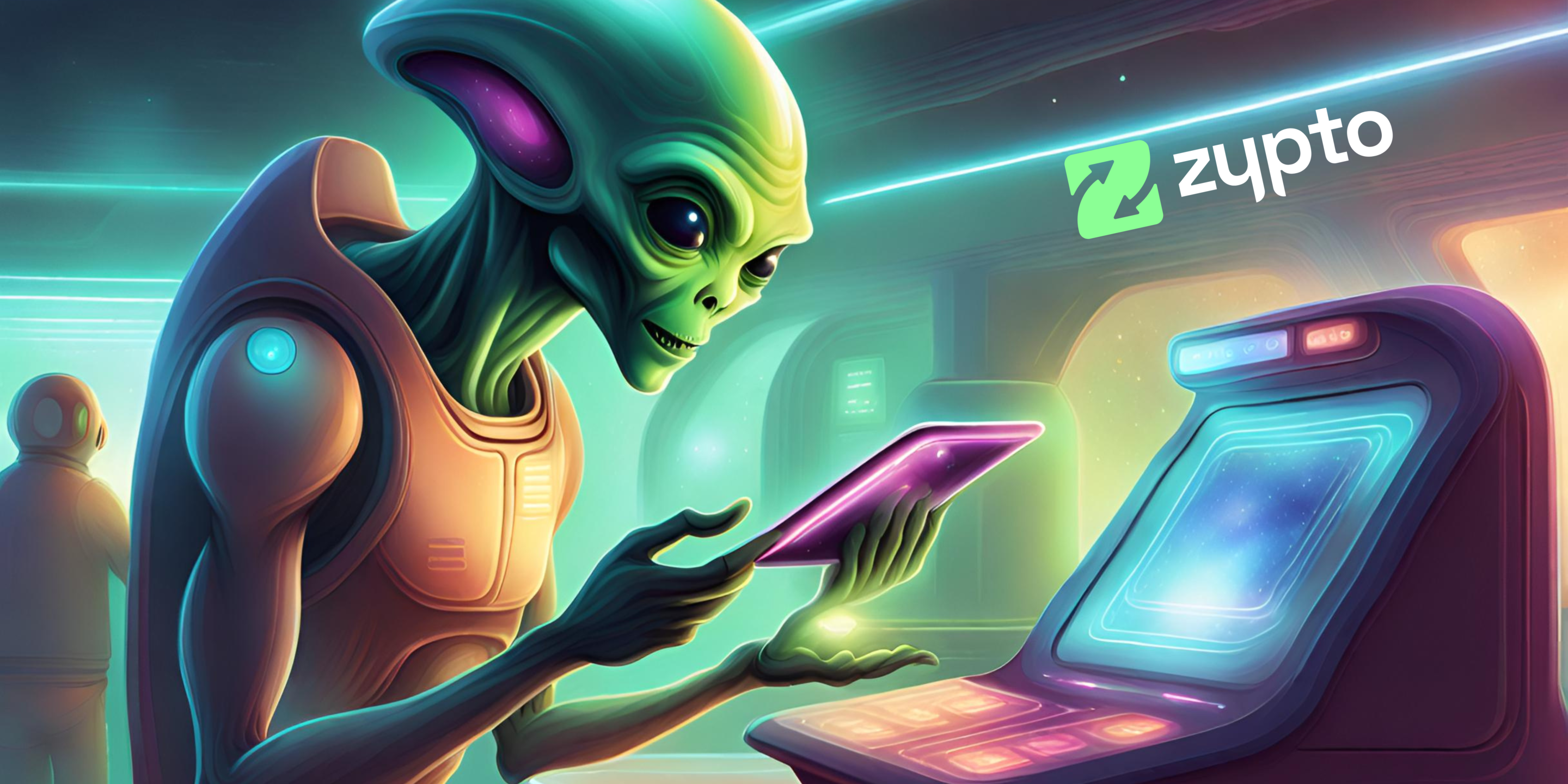The evolution of money and payments
A large part of people’s day to day lives revolves around the exchange of goods and services for other goods and services. In our work, we produce products or provide services that others want or need and spend the money we earn on things we want or need.
Since the beginning of human society, we have been through several major changes in the way we trade. Very roughly, one could say those phases were:
- Bartering: direct exchange
- I have a cow, you have chickens. We swap chickens for the cow.
- Exchange for scarce resource
- I have a cow, you have gold. I exchange my cow for gold and acquire other things with the gold.
- Resource-backed currency
- Instead of carrying around gold, or similar, paper notes or coins represent an amount of a scarce resource such as gold, which is stored in a vault.
- Fiat currency
- Modern currencies such as Euro, USD and GBP are fiat currencies and are not backed by any real-world resources. Many people believe it is, but it is not. Fiat currencies were created to provide central banks and governments with greater control over the economy as they can create as much or as little of it as they wish, while theoretically balancing the inflation caused by increases in money supply (which dilutes the value of circulating currency) with interest rates and other devices.
- Digital payments
- Nowadays, the majority of all payments are digital, which means that physical currency is no longer required for the majority of transactions, at least in western countries.
- The 6th step in this evolution is blockchain technology and cryptocurrencies.
Fiat; over-centralised and over-controlled?
The efficacy of fiat currencies to stabilise the economy is easy to criticise as we can simply observe the continued cycle of boom and bust we are all too familiar with, soaring inflation and growing discontent. More and more people are realising that the narrative of “things getting more expensive” due to inflation is actually due to “the decreasing value of our money”.
The other side to the argument against the current model is the ever-increasing level of centralisation and control that is held by governments and banks. In an ideal world, this wouldn’t matter, but when the money supply, interest rates, etc. are used as political tools by groups with competing political views, one can hardly hope for stability and long-term planning. Similarly, it is hard to imagine that policies regarding the free movement of funds between individuals, companies and nations are legislated for in a neutral manner under such circumstances.
Modern digital fiat payment systems rely on incredibly complex centralised ledgers (lists of transactions). The centralisation of these ledgers means that the companies behind them are able to exert massive control over individual companies and even whole industries.
If you physically give some fiat currency to someone else, you no longer have it. This is intuitive, and is what we imagine is happening during all of our transactions even today; we visualise physical money flying through the air to its destination.
However, this is only true when speaking of physical currency; paper bills and coins. The reality is that the majority of fiat currency doesn’t even exist in physical form. It is, for the most part, just numbers on computers. In order to keep track of who has sent what to whom and, therefore, each individual’s balance, we rely on intermediaries. Sometimes, MANY intermediaries!
Blockchain offers an alternative. The main concept that makes blockchain technology key to the transition away from the current model is the ability to transfer ownership of digital assets without the need for a centralised ledger. Put simply,and while it may not seem like it from everything you’ve heard in mainstream media, it makes digital assets more like physical ones.
A return to decentralisation
In a decentralised system, individuals store their own wealth in whatever form they choose and/or is commonly accepted in their society. As time has passed, this has become less and less frequent, largely due to concerns about security. “My money is safer in the bank’s vault than under my mattress”, we assume.
Blockchain wallets are essentially highly secure electronic bank vaults that we can access from anywhere. What people often fail to realise is that a more decentralised system is simply a return to what has been done for most of human history; self custody of one’s own savings.
So, in summary, despite how complex many people believe blockchain technology and crypto to be, sending 1 USDT, for example, on the blockchain is much more similar to handing over a physical dollar bill than if you send a bank transfer of 1 USD.
The broader implications are wide-reaching and potentially world-changing.
- How much control do we want over our own funds?
- Should we continue to allow governments and central banks to control the money supply, inflation and interest rates?
- How do we maintain a proper balance between decentralisation and security; both individual and collective.
So, what are your thoughts on the subject of increased decentralisation? Leave your comments below.
